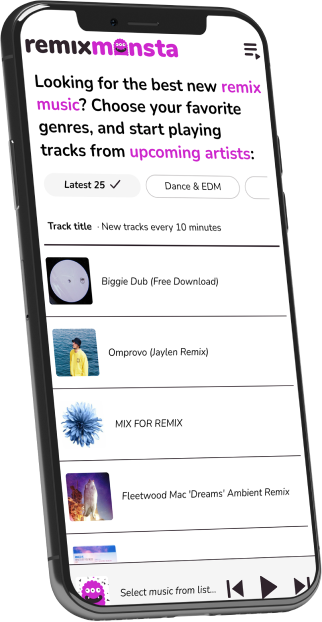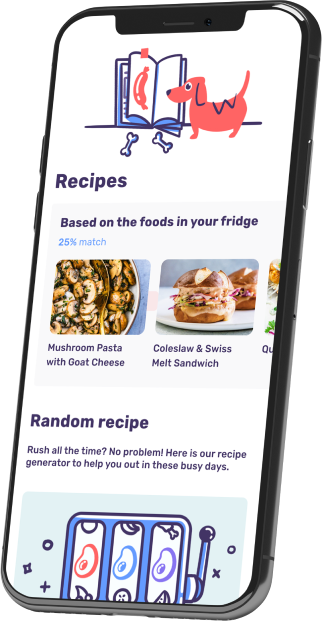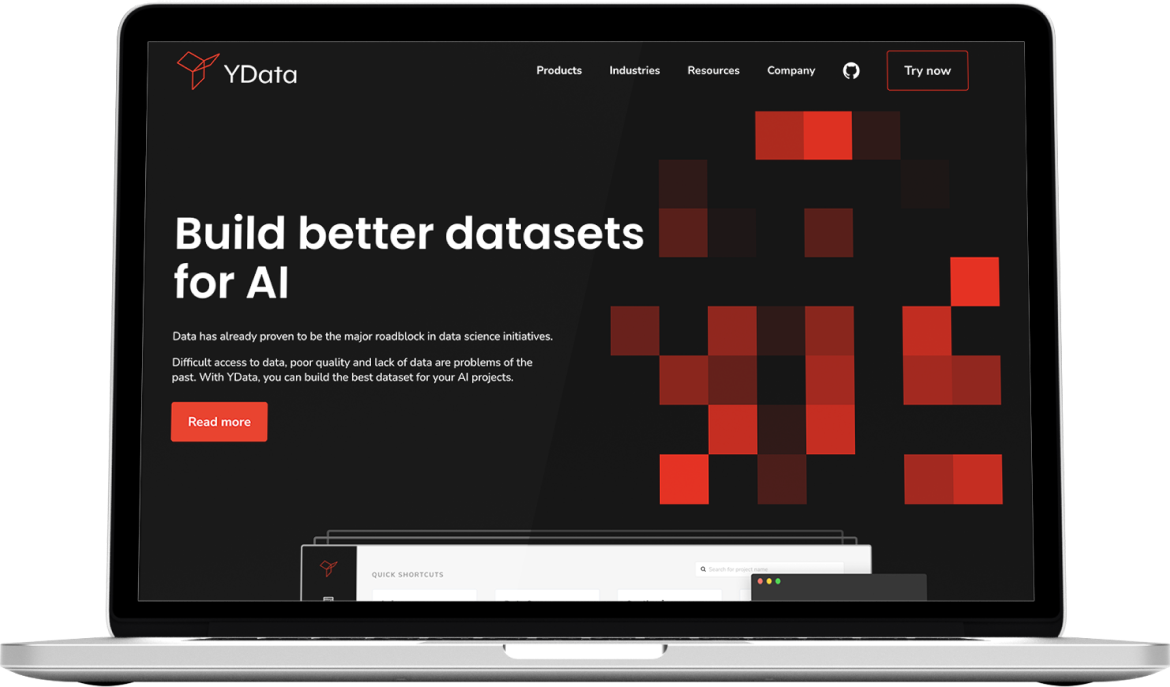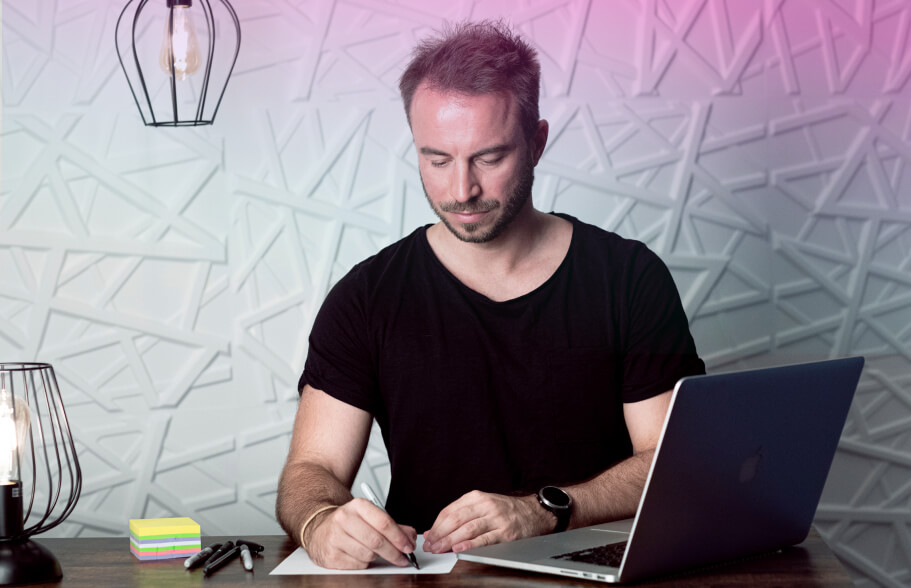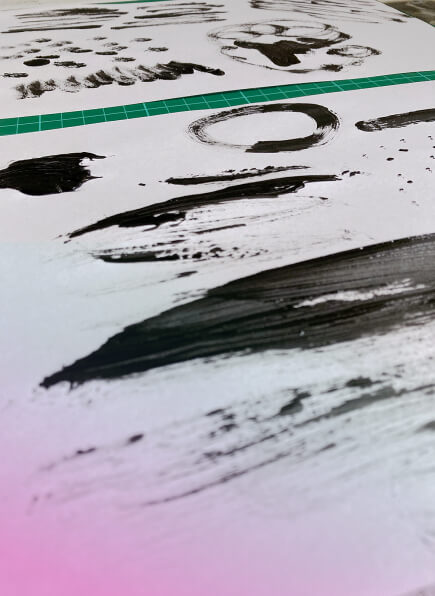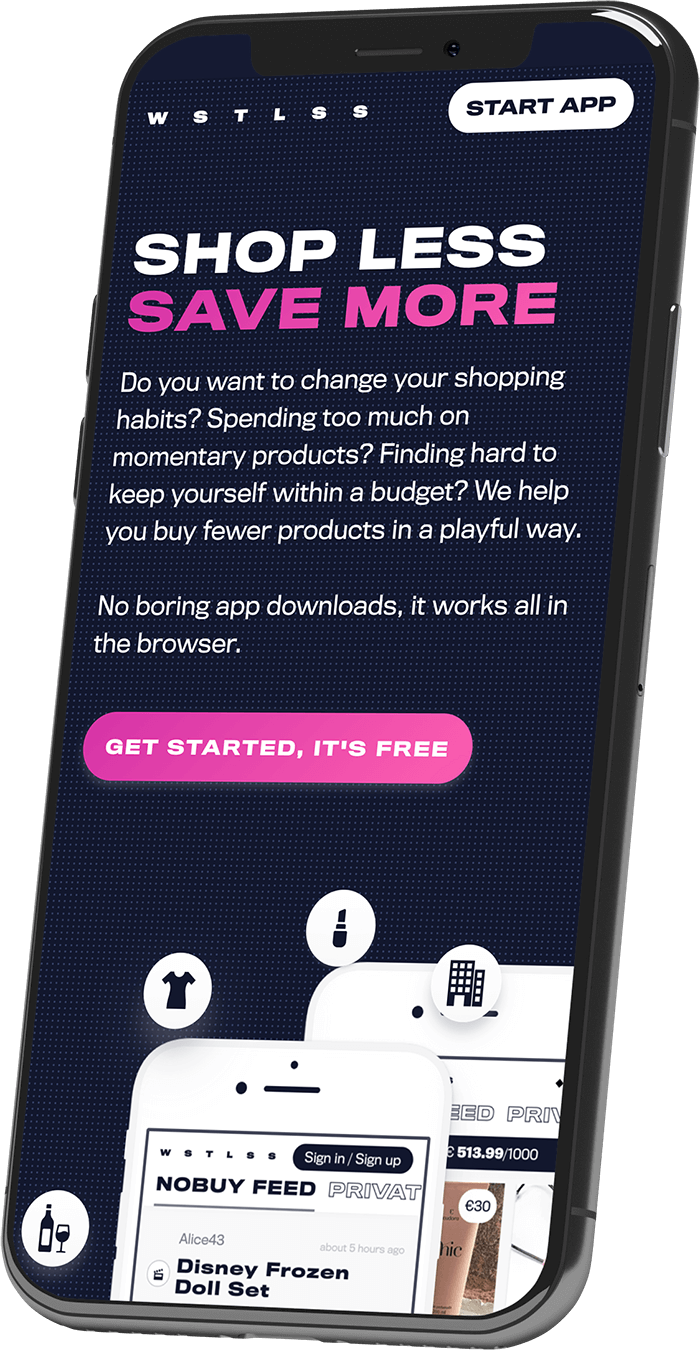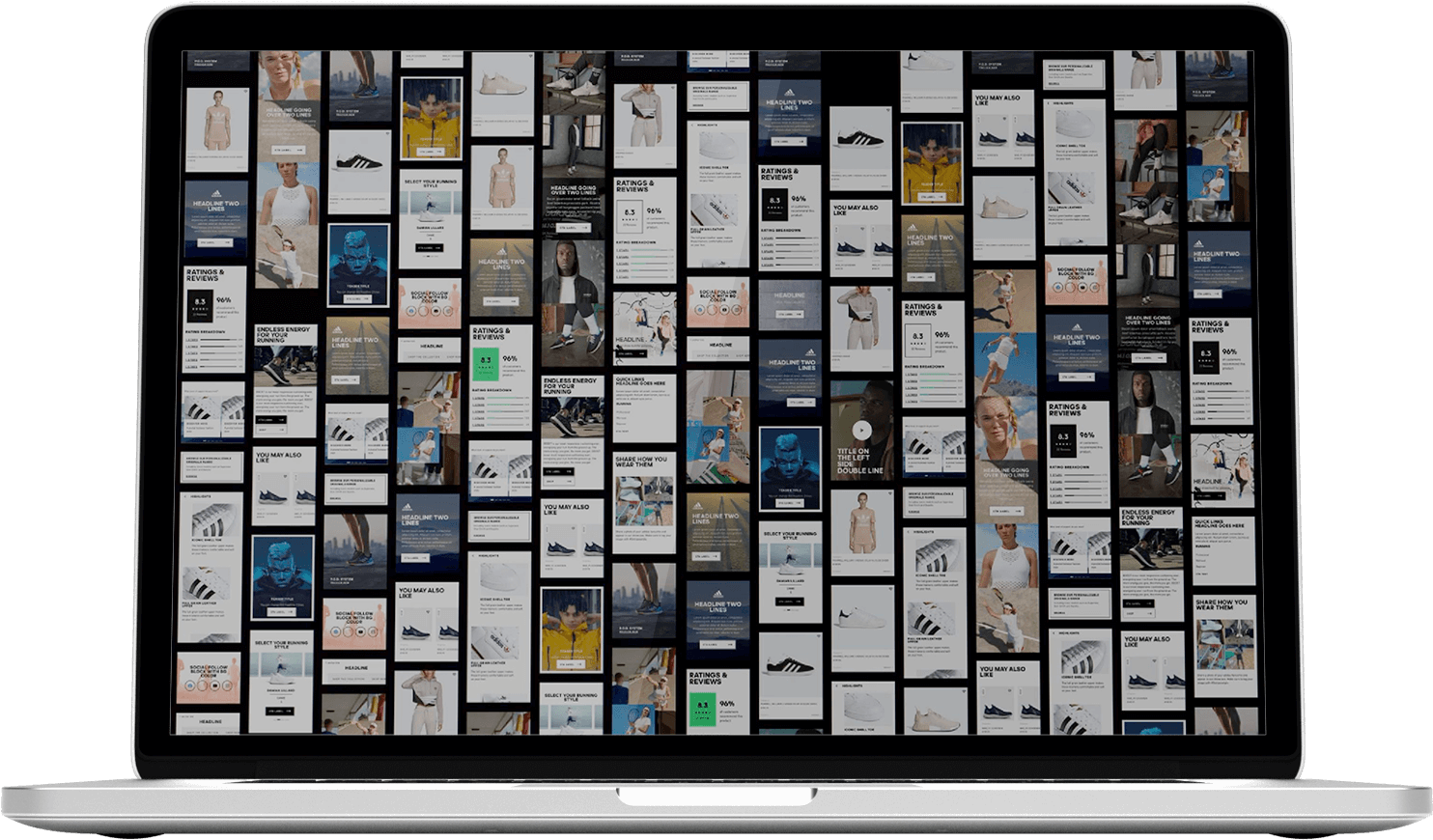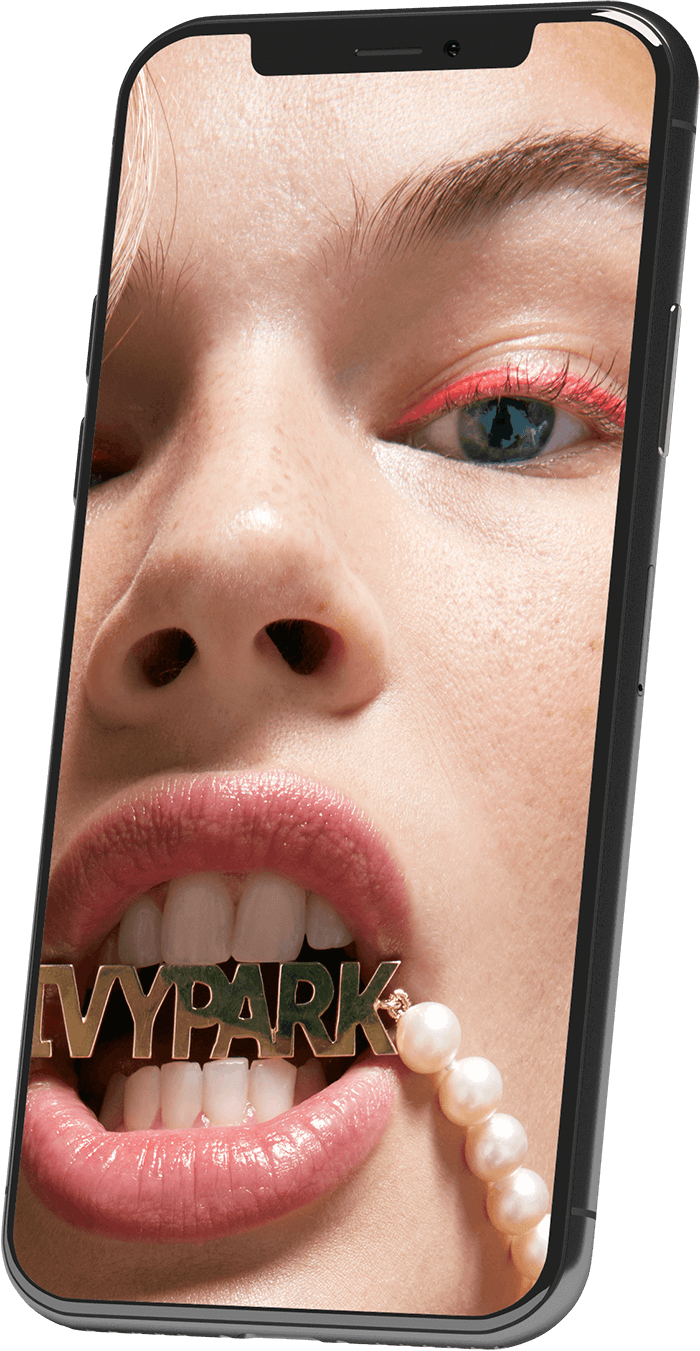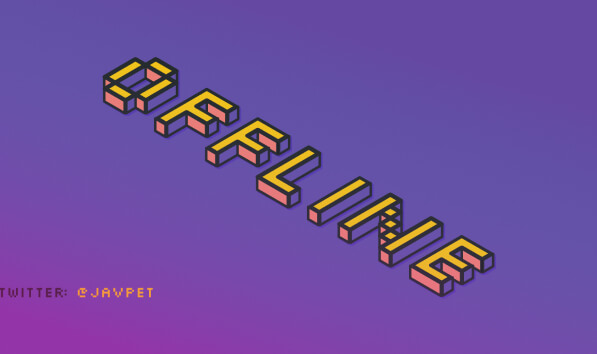
TWITCH STREAMING
I started doing streams in 2018 to get better at coding, and at
first I was doing short 1-hour sessions challenging myself through
Front-end development projects governed by Frontloops. Shame on me,
I'm quite inactive since that series, but hopefully the world is
waiting for my glorious return some day.
Check my stream
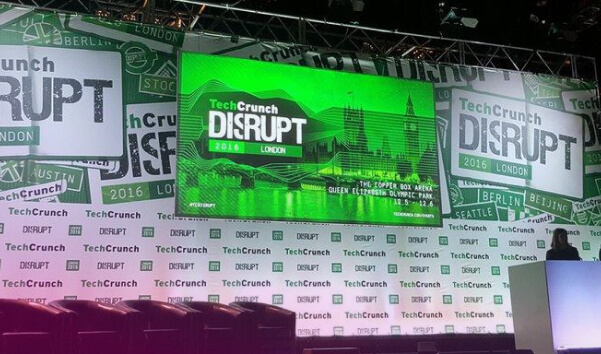
HACKATHONS
These events are short circuit collaboration challenges around a
theme, where people by using code, data, design and many other
disciplines create something hopefully awesome within the given time
limit.
By far these are my favorite places to get to know new people and
also get tested our group minds to see if we can take on the
challenge, and I really recommend to everyone to try it at once. Be
careful youcan get addicted. Upcoming hackathons
here.
Due to sheer luck I met a couple of amazing people @Techcrunch's
Hackathon in London, which we won in the developing world category.
Read our hackathon story

